Часть 3.
… 1985 год вошёл в историю Священной войны как «война городов» (термин западных военных аналитиков). Не имея сил преодолеть линию обороны Ирана, военные преступники в Багдаде воспользовались своим преимуществом в авиации (700 боевых самолётов Ирака против 120 самолётов Ирана) и возобновили массированные ракетно-бомбовые удары по населённым пунктам Ирана. Удары наносились по жилым кварталам городов Ахваз, Керманшах, Тебриз, Исфахан, Мериван, Шираз и другим. Но главной целью ВВС Ирака стали иранские порты, нефтепромыслы и даже отдельные нефтеналивные суда в Персидском заливе.
Но на земле боевой дух иракских сухопутных войск катастрофически падал. Несмотря на поставки оружия из СССР, военные и экономические ресурсы Ирака были близки к минимуму.
Иная ситуация была у Ирана. За 8 месяцев с весны по осень иранские военные провели 40 успешных тактических операций на различных участках ирано-иракского фронта. В это же время секретно готовилось крупномасштабное наступление…


… На части территории музея оборудованы боевые инженерные заграждения. Они выполнены с максимально возможной точностью. Это очень важно — своими глазами увидеть как и в каких условиях иранские патриоты противостояли и сдерживали превосходящие силы агрессора. Ведь ни день, ни месяц и ни год — в летнюю жару и в зимние холода, в весенне-осеннюю распутицу, в пыли и грязи, под пулями, снарядами и бомбами вчера ещё совсем мирные юноши и мужчины выполняли свой долг, защищая родину, любимый Иран… Они сражались до последнего патрона, до последней гранаты, до последнего вздоха… Да будет с ними милость Всевышнего!

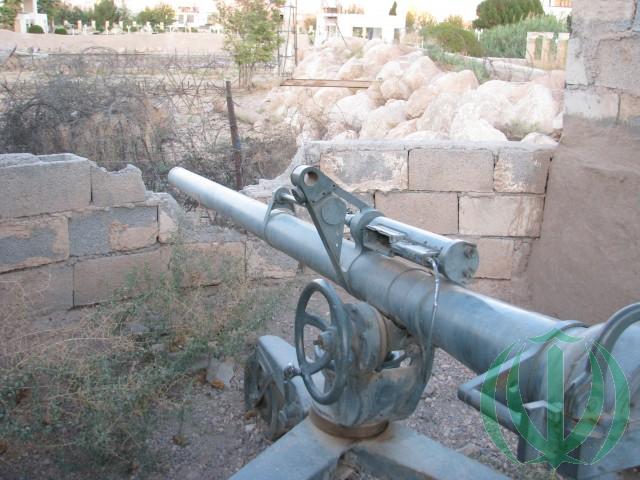
… Предания рассказывают, что осенью 681 года караван Хосейна (Да будет мир с ним!), внука Пророка Мохаммада (Да благословит Аллах его и его семейство!), был окружён войсками нечестивого халифа Язида. Кончалась вода. В мучениях от жажды особенно страдали женщины и дети. Спасти погибающих взялся Абольфазл Аббас (Да будет мир с ним!). Ему удалось пробраться к реке и набрать воды в кожаные сосуды — бурдюки. На обратном пути его схватили враги и в наказание бросили умирать, отрубив руки. Теряя сознание, он вцепился зубами в единственный оставшийся бурдюк с водой и пополз в сторону каравана. Выпущенная стрела пронзила бурдюк, вода вытекла, а Абольфадл Аббас умер, сжимая пустой бурдюк зубами … Но память о герое, его подвиге и необходимости борьбы с тиранами за свободу — многие века живёт в Иране…
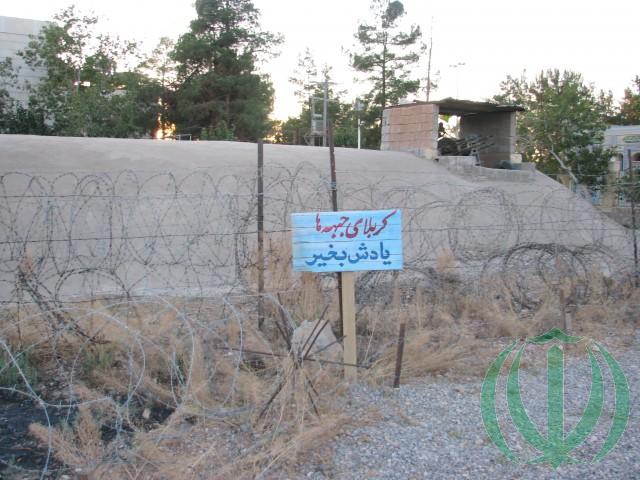
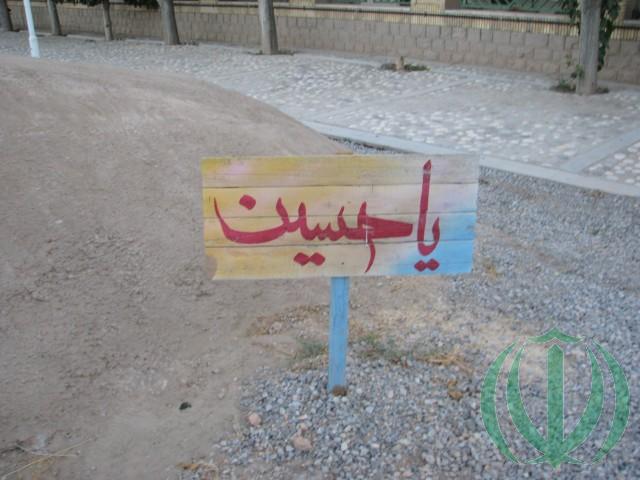


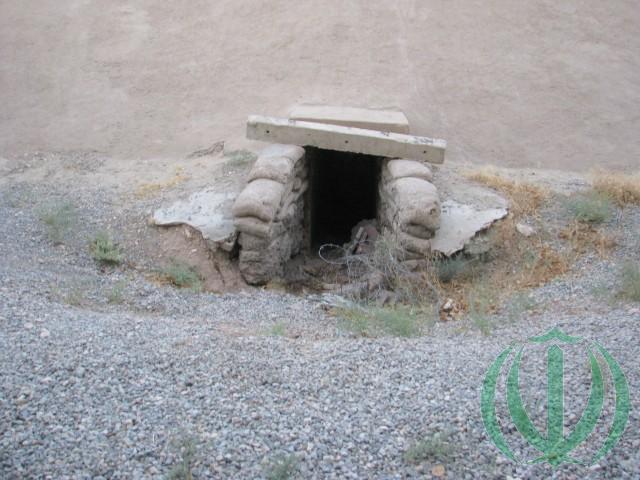


Brigadier General Mohammadreza Korbanzade. He died the death of the brave on January 11, 1987. Chalamce.
Да будет мир с героями Священной войны!
(Продолжение следует)
Kerman is tourist. Museum of the Holy War.
Part 3
… 1985 went down in the history of the Holy War as the “war of the cities” (the term Western military analysts). Unable to overcome the Iranian defense line, war criminals in Baghdad took advantage of their aviation advantage (700 Iraqi military aircraft versus 120 Iranian aircraft) and resumed massive missile bombing attacks on Iranian settlements. Attacks were inflicted on residential areas of the cities of Ahvaz, Kermanshah, Tabriz, Isfahan, Merivan, Shiraz and others. But the main goal of the Iraqi Air Force was Iranian ports, oil fields and even individual oil cargo ships in the Persian Gulf.
But on earth, the fighting spirit of the Iraqi ground forces was catastrophically declining. Despite the supply of weapons from the USSR, the military and economic resources of Iraq were close to a minimum.
Iran had a different situation. For 8 months from spring to autumn, the Iranian military carried out 40 successful tactical operations in various sectors of the Iran-Iraq front. At the same time, a large-scale offensive was secretly being prepared …
… In a part of the museum’s territory, military engineering barriers are equipped. They are made with the greatest possible accuracy. It is very important to see with your own eyes how and under what conditions the Iranian patriots opposed and restrained the superior forces of the aggressor. After all, neither day, nor month, nor year – in the summer heat and in the winter cold, in the spring-autumn thaw, in dust and dirt, under bullets, shells and bombs, yesterday still quite peaceful young men and men performed their duty defending their homeland, beloved Iran … They fought to the last bullet, to the last grenade, to the last breath … May the mercy of the Almighty be with them!
… Traditions tell that in the fall of 681, the caravan of Hossein (peace be upon him!), The grandson of the Prophet Mohammad (peace and blessings of Allah be upon him!), Was surrounded by the troops of the wicked caliph Yazid. Running out of water. In torment, women and children suffered especially from thirst. Abolfazl Abbas undertook to save the lost (May peace be upon him!). He managed to get to the river and draw water into the leather vessels – wineskins. On the way back he was captured by enemies and, as a punishment, they threw him to die, cutting off his hands. Losing consciousness, he grabbed his teeth in the only remaining water jacket and crawled towards the caravan. The fired arrow pierced the wineskin, the water flowed out, and Abolfadl Abbas died, clenching an empty wineskin with his teeth … But the memory of the hero, his exploit and the need to fight tyrants for freedom – has been living in Iran for many centuries …
May peace be with the heroes of the Holy War!
(To be continued)
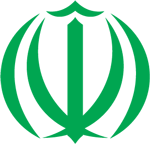


0 Comments